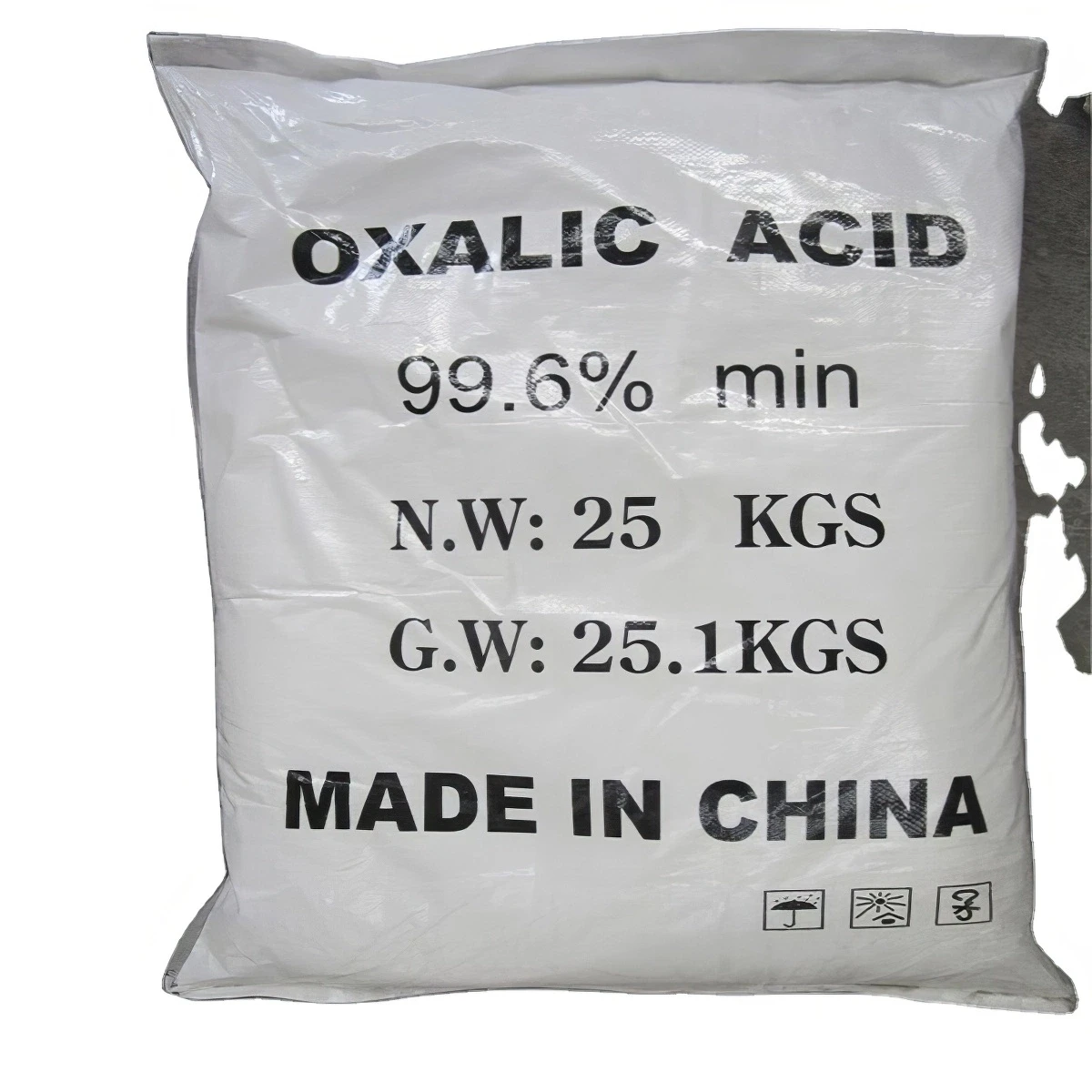



sodium hydroxide sds
Safety Data Sheet (SDS) for Sodium Hydroxide
Sodium hydroxide (NaOH), also known as caustic soda or lye, is a highly caustic substance widely used in various industries, including chemical manufacturing, food preparation, and wastewater treatment. Understanding its properties, hazards, and safety measures is crucial for anyone handling this substance.
Chemical Properties
Sodium hydroxide is a white, solid ionic compound that is highly soluble in water, producing an exothermic reaction upon dissolution. It has a high pH level, typically around 13, indicating its strong alkaline nature. Due to its corrosiveness, sodium hydroxide can react violently with acids, generating heat and potentially causing splattering. Moreover, it can also react with organic materials, leading to hazardous situations.
Hazards Identification
Sodium hydroxide poses several health hazards. It is a severe eye and skin irritant, capable of causing burns upon contact. Inhalation of sodium hydroxide dust or mist can lead to respiratory tract irritation, coughing, and difficulty breathing. If ingested, it can cause severe damage to the mouth, throat, esophagus, and stomach, necessitating immediate medical attention.
Environmental hazards are also significant. Sodium hydroxide can cause harm to aquatic life if released into water bodies, disrupting ecosystems. Therefore, proper containment and disposal methods are essential.
sodium hydroxide sds

First Aid Measures
In the event of exposure, immediate first aid is crucial. For skin contact, rinse the affected area with plenty of water for at least 15 minutes and seek medical help. If sodium hydroxide enters the eyes, flush with water continuously for at least 15 minutes and seek urgent medical attention. In case of inhalation, move the affected individual to fresh air and administer oxygen if necessary. If ingested, do not induce vomiting; instead, seek medical assistance immediately.
Personal Protective Equipment (PPE)
When handling sodium hydroxide, appropriate personal protective equipment is vital. Recommended PPE includes chemical-resistant gloves, goggles, and face shields to protect against splashes. Moreover, wearing long-sleeved clothing and closed-toe shoes minimizes skin exposure. In situations involving high concentrations or the potential for aerosol formation, respiratory protection may also be necessary.
Storage and Disposal
Sodium hydroxide should be stored in a cool, dry place in a tightly sealed container. It must be compatible with other stored materials to prevent dangerous reactions. For disposal, sodium hydroxide should be neutralized with an acid, such as hydrochloric acid, before disposal as per local regulations.
In conclusion, sodium hydroxide is a powerful but hazardous chemical that requires careful handling and respect for safety protocols. Awareness of its properties, potential hazards, and emergency responses are essential for anyone working with this compound. By adhering to safety guidelines and using appropriate protective measures, the risks associated with sodium hydroxide can be effectively managed, ensuring a safer working environment.
-
Why Sodium Persulfate Is Everywhere NowNewsJul.07,2025
-
Why Polyacrylamide Is in High DemandNewsJul.07,2025
-
Understanding Paint Chemicals and Their ApplicationsNewsJul.07,2025
-
Smart Use Of Mining ChemicalsNewsJul.07,2025
-
Practical Uses of Potassium MonopersulfateNewsJul.07,2025
-
Agrochemicals In Real FarmingNewsJul.07,2025
-
Sodium Chlorite Hot UsesNewsJul.01,2025










